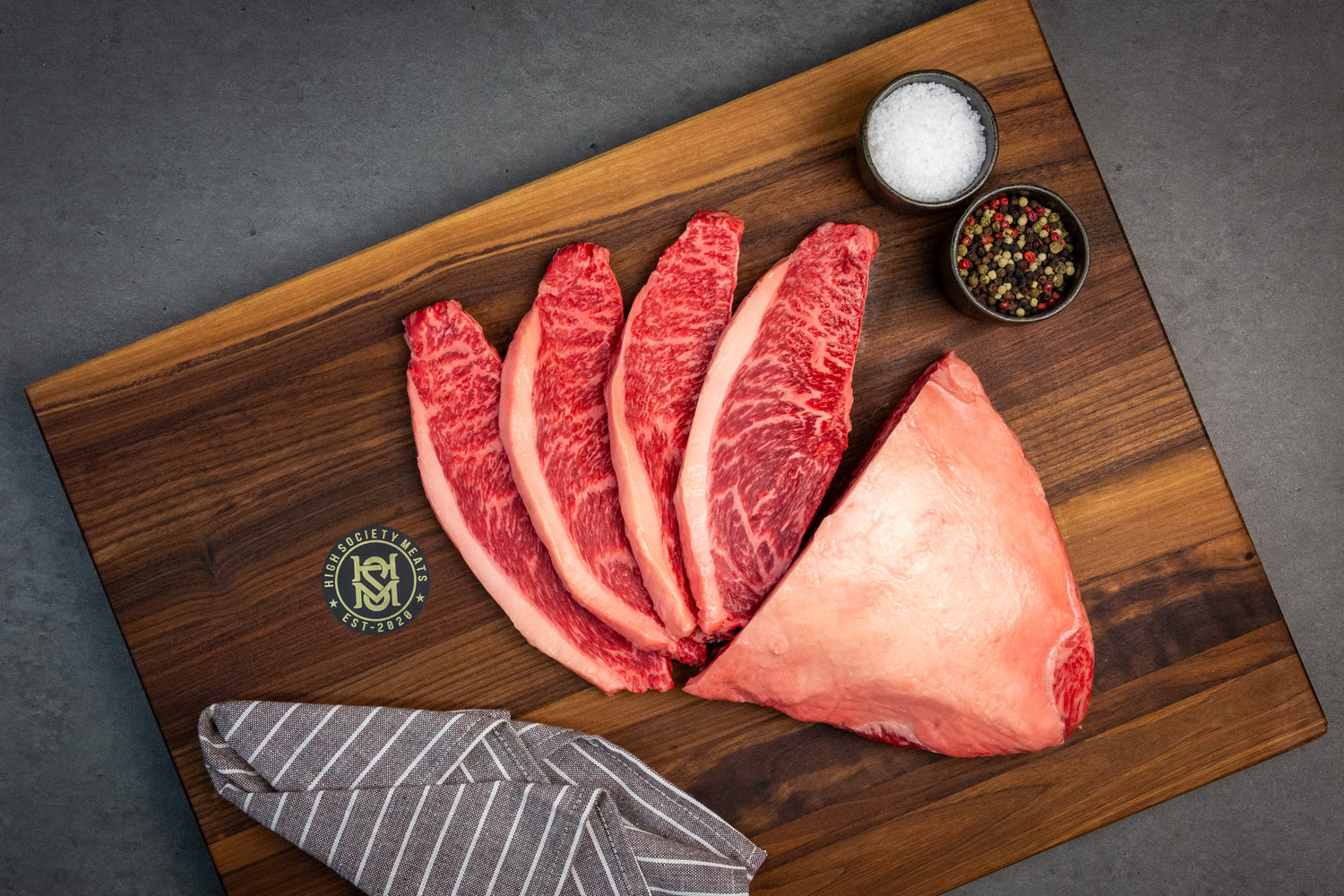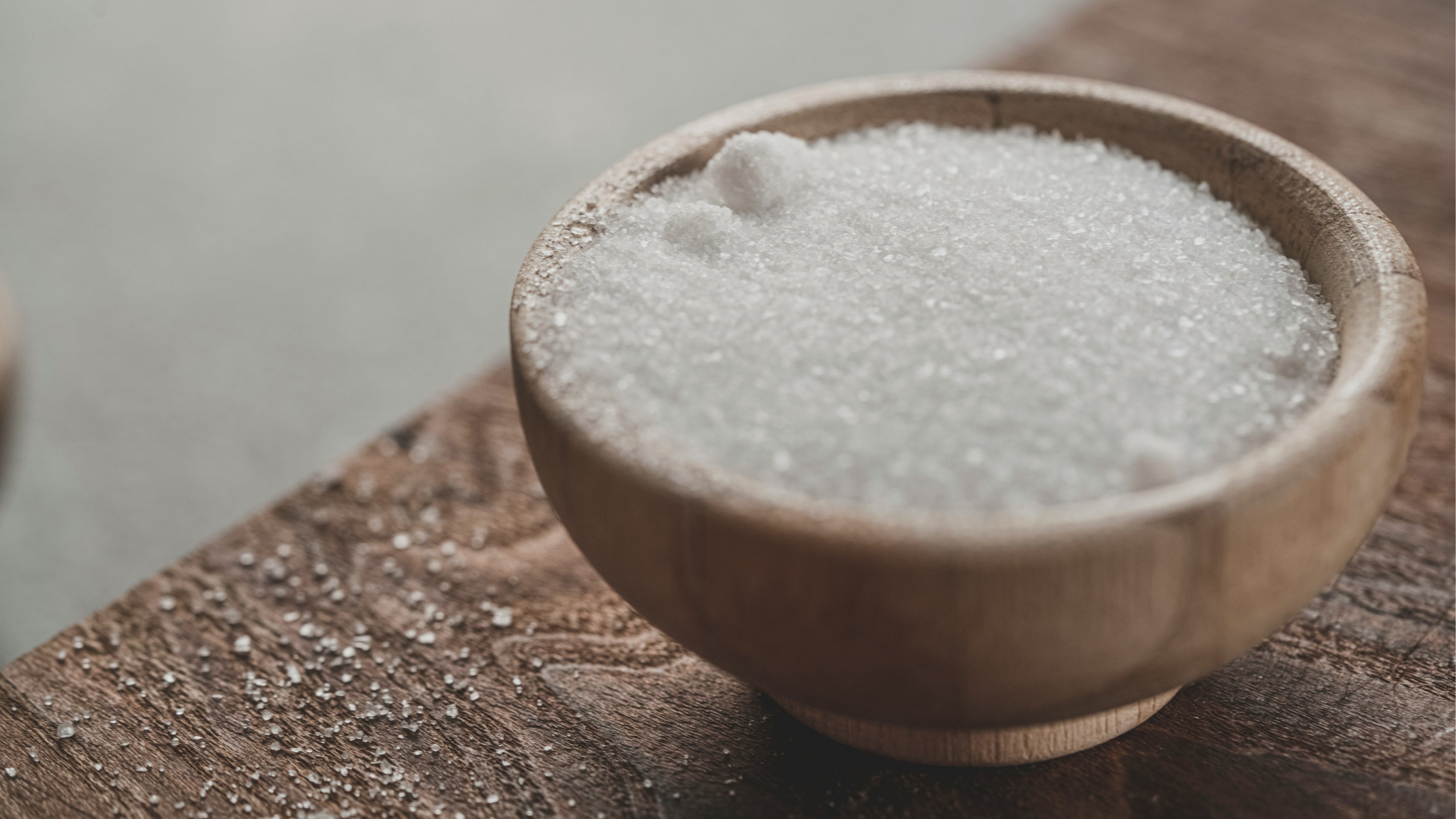Often overshadowed by more familiar cuts like sirloin or ribeye, Picanha holds a special place in the hearts of meat lovers for its succulent texture and rich flavor. This post is your all-access pass to everything Picanha - from its storied history to expert tips on selecting, preparing, and savoring this exquisite cut. Whether you're a seasoned chef or a curious home cook, let's embark on a culinary journey that promises to elevate your cooking repertoire and perhaps inspire your next barbecue adventure.
The History and Rise of Picanha
The story of Picanha begins in the bustling churrascarias of Brazil, where this cut has long been the centerpiece of the traditional barbecue, or "churrasco." Derived from the rump cap muscle, Picanha is distinguished by its signature fat cap, which renders down during cooking to infuse the meat with unparalleled juiciness and flavor. But how did this once-overlooked cut ascend to culinary fame?
The transformation of Picanha from a butcher's secret to a global sensation is a testament to the universal language of good food. As Brazilian cuisine gained international acclaim, so too did its favorite cut of beef. Today, Picanha is celebrated in steakhouses from New York to Tokyo, embraced by chefs and home cooks eager to capture the essence of Brazilian barbecue.
The Anatomy of Picanha
Picanha comes from the rump cover or rump cap, which is the upper part of the animal's rear end, just above the leg. This area doesn't do much work, meaning the muscle isn't overly tough, which contributes to the tenderness of Picanha.
Adjacent to the Picanha are several other notable cuts that beef connoisseurs might recognize. The tri-tip, for example, is located just below the Picanha and offers a similarly rich flavor profile, albeit with a slightly different texture. Then there's the sirloin, which sits beneath the rump cap, known for its balance of lean meat and flavorful fat.
Understanding these neighboring cuts not only broadens your culinary knowledge but also enhances your appreciation for the unique qualities that make Picanha stand out. It's this prime positioning on the cow, coupled with its perfect fat cap, that allows Picanha to truly shine, especially when cooked with care and respect for its origins.
Selecting the Perfect Picanha
Choosing the right Picanha is an art in itself. Look for a cut with a thick, even fat cap and deep red color. The fat should be white or cream-colored, indicating good marbling and freshness. Size matters too; a typical Picanha weighs between 1 to 1.5 kilograms (2.2 to 3.3 pounds). Anything larger may include other parts of the rump, which differ in texture and flavor.
When sourcing Picanha, consider the provenance of the beef. Grass-fed and sustainably raised cattle often yield the highest quality cuts, with rich flavors that reflect their diet and upbringing. For a selection of the best award winning Picanha steaks and whole roasts, check out this curated collection.
Preparing and Cooking Picanha
Preparing Your Cut
Before you fire up the grill, proper preparation is key. Begin by examining the fat cap - it should be trimmed to about ¼ inch thickness to ensure it renders beautifully without overpowering the meat. Some enthusiasts prefer to score the fat, creating a crosshatch pattern that not only enhances the visual appeal but also allows for better rendering and flavor infusion.
When it comes to slicing, tradition holds that Picanha should be cut against the grain into thick steaks or left whole if you're aiming for a roast. This ensures that each bite is as tender as can be, maximizing the enjoyment of this exquisite cut.
Cooking Methods
Churrasco Style: The heart of Brazilian barbecue, churrasco, involves skewering large pieces of Picanha and roasting them over an open flame. The skewers are rotated slowly, allowing the outer layers to cook to a perfect crisp while the inside remains succulently rare or medium-rare.
Grilling: For those without a traditional churrasco setup, grilling is the next best thing. High heat and a pre-heated grill are crucial. Sear the Picanha steaks fat-side down first, to render the fat and add a layer of flavor, then grill to your desired doneness, letting the meat rest before slicing to retain its juices.
Oven Roasting: Oven roasting offers a more hands-off approach while still delivering on flavor. Start by searing the fat cap in a hot pan, then transfer to a pre-heated oven to finish cooking. This method is ideal for those looking to achieve a precise level of doneness, with the oven's consistent temperature ensuring even cooking.
Serving and Enjoying Picanha
The moment has arrived to savor your culinary creation. Picanha is best enjoyed sliced thin, allowing the rich flavors and tender texture to take center stage. Traditional accompaniments include farofa (toasted cassava flour), vinagrete (Brazilian salsa), and, of course, a helping of feijoada (black bean stew) for the full Brazilian experience.
But the beauty of Picanha lies in its versatility. Feel free to experiment with sides, from simple roasted vegetables to creamy mashed potatoes, or even a fresh salad to balance the richness of the meat. The key is to let the Picanha shine, with each bite transporting you to the heart of Brazilian cuisine.
Conclusion
From its humble beginnings to its status as a culinary icon, Picanha embodies the spirit of Brazilian barbecue. Its journey from the rump cap of the cow to the centerpiece of your dining table is a testament to the timeless allure of quality meat cooked with passion. We hope this guide inspires you to explore the rich flavors of Picanha, adding a touch of Brazilian flair to your cooking repertoire.
As you venture into the world of Picanha, remember that the best dishes are made not just with great ingredients but with respect for their origins and traditions. Happy cooking, and may your Picanha be as flavorful and tender as the stories that surround it.



Leave a comment
All comments are moderated before being published.
This site is protected by hCaptcha and the hCaptcha Privacy Policy and Terms of Service apply.